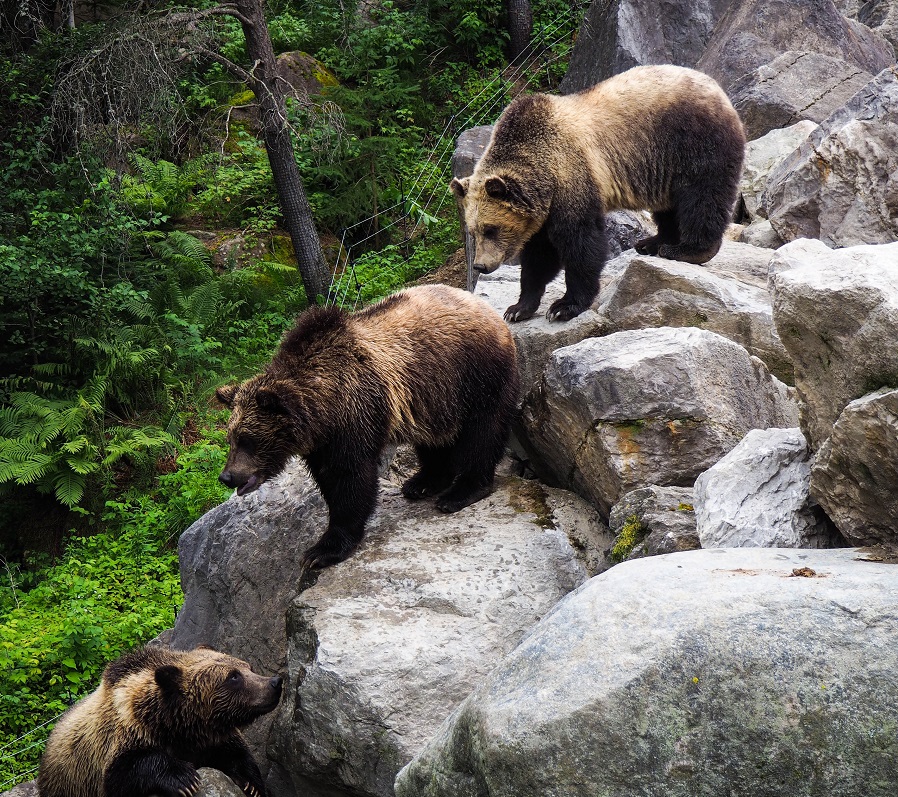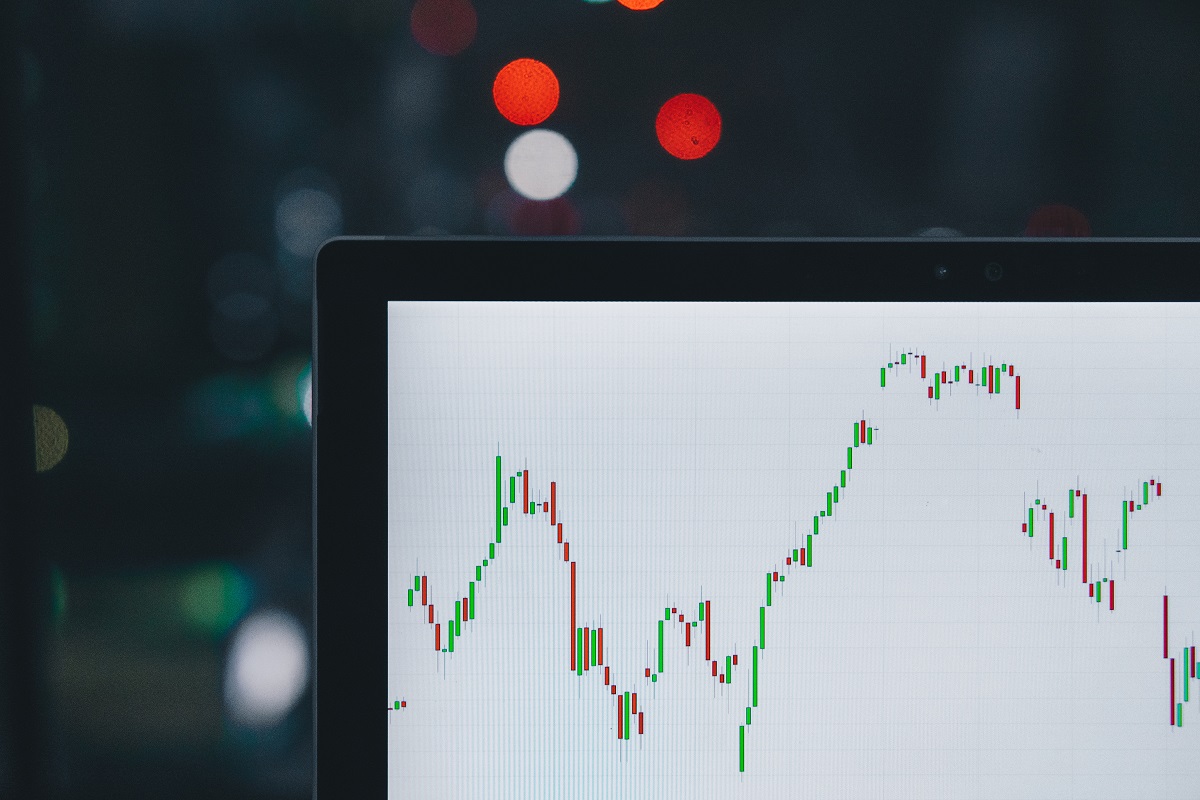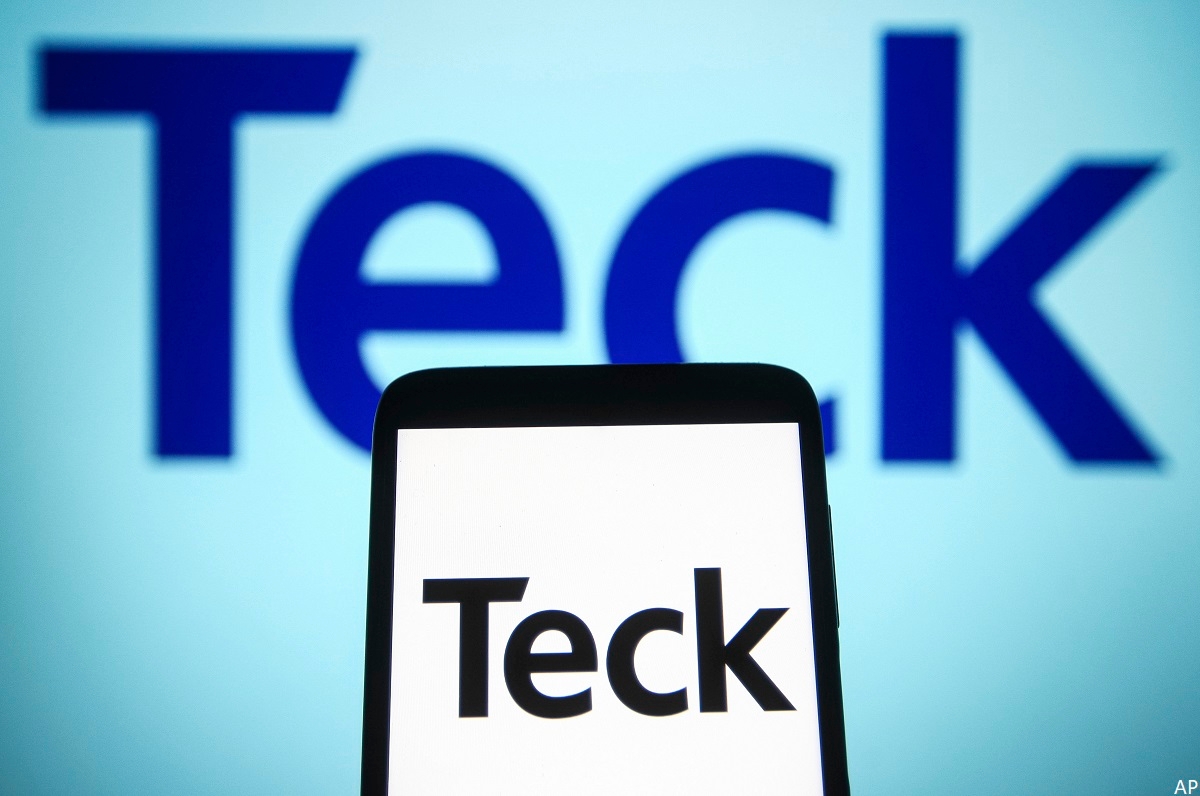
We’ve recommenced coverage of four senior gold miners: Newmont NEM with a fair value estimate of US$54, Barrick Gold GOLD with a fair value estimate of US$21, Agnico Eagle Mines AEM with a fair value estimate of $71, and Kinross Gold K with a fair value estimate of $7 per share. We do not think any of these companies has an economic moat. Newmont, Barrick, and Agnico Eagle have Medium Uncertainty Ratings. Kinross’ High Uncertainty Rating partly reflects its greater financial leverage.
We think the shares of Newmont and Barrick are undervalued, trading at discounts to fair value of 10% and 8%, respectively, while Agnico Eagle trades at an 8% premium and Kinross appears fairly valued. Spot gold prices have risen recently to around US$2,000 per ounce on fears regarding the stability of the financial system as well as a potential recession. While higher gold prices are a tailwind, concerns remain over rising interest rates, which increase the opportunity cost to hold gold, and cost inflation. Gold investment lacks cash flows for owners, and rising yields make bonds relatively more attractive. Meanwhile, inflation in labor, fuel, and other costs is pushing up the cost curve and affecting gold miners’ margins.
We now assume gold averages about US$1,880 per ounce from 2023 to 2025 based on the futures curve, up from around US$1,810 previously. We’ve also raised our assumed midcycle price for gold to US$1,700 per ounce from 2026, up from about US$1,600. This reflects rising unit costs and our updated estimate of the marginal cost of production utilizing the latest cost curve data from the World Gold Council.
Gold has a price that tends to be relatively uncorrelated to the broader economic cycle. In addition, it has perceived countercyclical, safe-haven investment attributes while also being seen as an inflation hedge. Investment and jewelry take up most of global gold demand, and a demand slowdown is the key risk to cash flows. A reduction in Chinese fixed-asset investment, lowering demand for copper, would also have some impact.
Newmont
- Price/Fair Value: 0.90
- Economic Moat Rating: None
- Uncertainty Rating: Medium
- Capital Allocation Rating: Standard
Newmont is the world’s largest gold miner, producing around 6 million attributable ounces of gold in 2022 and accounting for about 5% of total 2022 mined production. Newmont’s all-in sustaining cost of around US$1,200 per ounce in 2022 places the company toward the upper end of the second quartile of the gold AISC curve—not low enough to justify a moat, in our view. We forecast Newmont will increase attributable gold production to around 6.4 million ounces in 2027. The increase is driven by higher gold production from the company’s 38.5% stake in the Nevada Gold Mines joint venture with Barrick along with its mines in Ghana and 40% stake in the Pueblo Viejo mine in the Dominican Republic. This is partially offset by falling production at its Yanacocha mine, which will reach the end of its life toward the end of our five-year forecast period. Newmont’s 38.5% share in NGM and the Ahafo and Boddington mines account for roughly 45% of midcycle production in 2027.
Barrick Gold
- Price/Fair Value: 0.92
- Economic Moat Rating: None
- Uncertainty Rating: Medium
- Capital Allocation Rating: Standard
Barrick is the world’s second-largest gold miner, producing nearly 4.1 million attributable ounces of gold and about 440 million pounds of copper in 2022. Barrick’s AISC of around US$1,200 per ounce in 2022 places the company toward the upper end of the second quartile of the gold AISC curve, which is also not low enough to justify a moat. We forecast Barrick to increase attributable gold production to around 4.6 million ounces in 2027, driven by increased production at its NGM joint venture with Newmont and its 60%-owned Pueblo Viejo mine in the Dominican Republic. Its share of the NGM joint venture, Pueblo Viejo, and Loulo-Gounkoto account for around two thirds of Barrick’s midcycle production in 2027.
Agnico Eagle Mines
- Price/Fair Value: 1.08
- Economic Moat Rating: None
- Uncertainty Rating: Medium
- Capital Allocation Rating: Standard
Agnico Eagle produced around 3.1 million ounces of gold in 2022, making it the world’s third-largest gold miner. It is lower-cost than its larger competitors Newmont and Barrick, with its AISC of roughly US$1,100 per ounce in 2022 placing Agnico around the middle of the second quartile of the gold cost curve. However, similar to Newmont and Barrick, we don’t think its unit costs are low enough to justify a moat. We forecast Agnico Eagle’s gold production to be about 3.6 million ounces in 2027. This is driven by the purchase of the remaining 50% of its Canadian Malartic mine in 2023 and increased production at its Macassa, Meadowbank, and Detour Lake mines, partially offset by lower production at its Fosterville mine in Australia. Detour Lake, Canadian Malartic, Meadowbank, Meliadine, and LaRonde account for more than 70% of Agnico Eagle’s midcycle production in 2027.
Kinross Gold
- Price/Fair Value: 1.00
- Economic Moat Rating: None
- Uncertainty Rating: High
- Capital Allocation Rating: Poor
Rounding out the additions to our coverage list, Kinross produced more than 1.9 million attributable gold equivalent ounces in 2022. Kinross has the highest unit costs of the gold miners that we cover. Its average AISC of roughly US$1,300 per gold equivalent ounce in 2022 places Kinross at around the 55th percentile of the gold cost curve. We forecast Kinross’ attributable production to modestly decline to about 1.8 million gold equivalent ounces in 2027. Kinross’ Paracatu mine in Brazil and Tasiast mine in Mauritania account for more than half of its midcycle production in 2027.






















